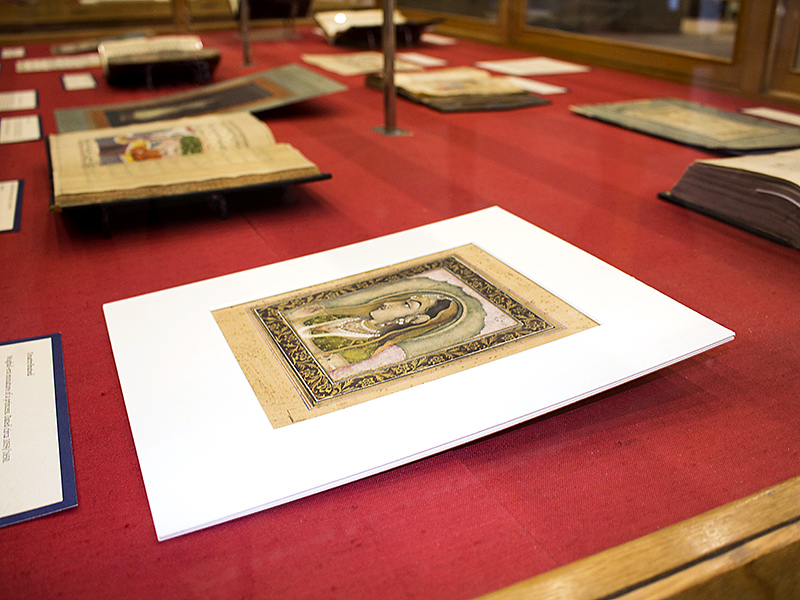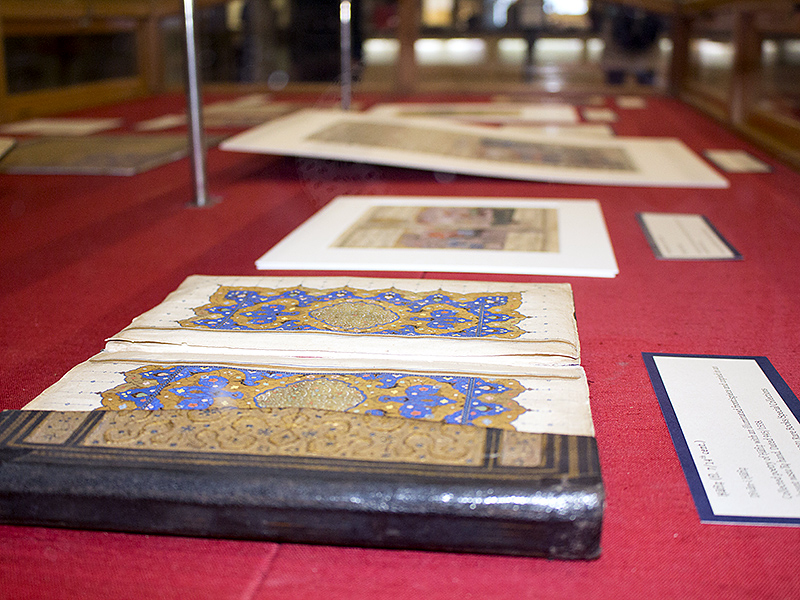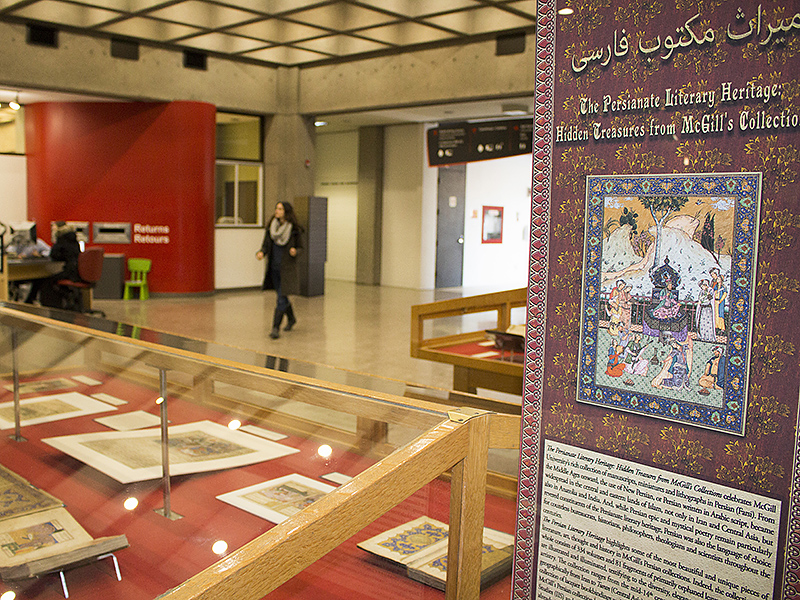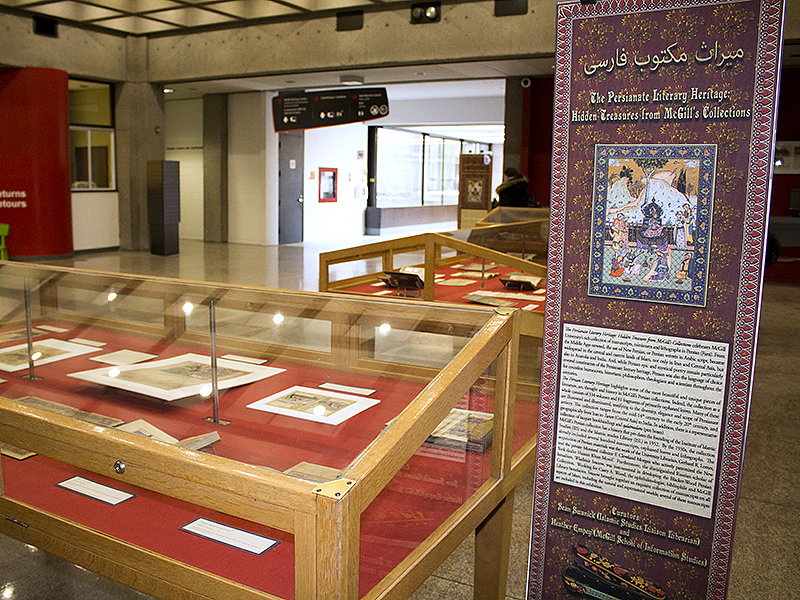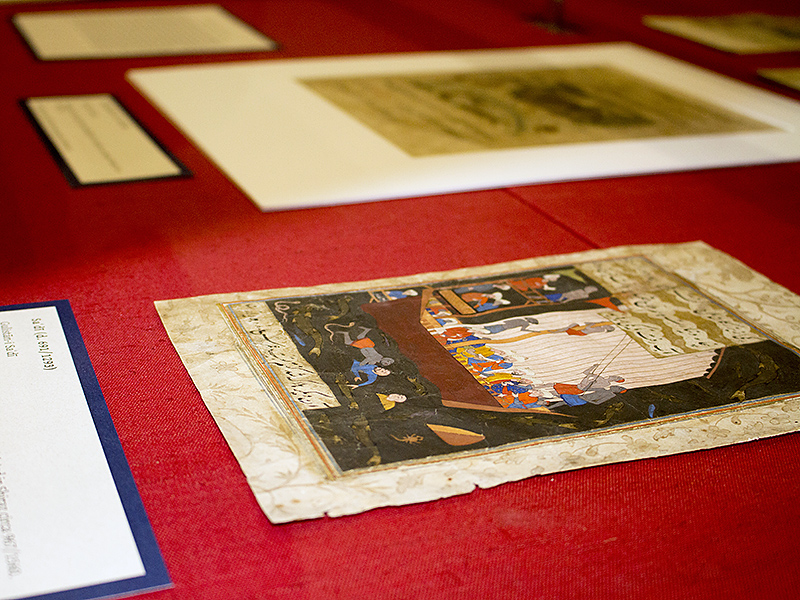The Persianate Literary Heritage: Hidden Treasures from McGill’s Collections celebrates McGill University’s rich collection of manuscripts, miniatures and lithographs in Persian (Farsi). From the Middle Ages onward, the use of New Persian, or Persian written in Arabic script, became widespread in the central and eastern lands of Islam, not only in Iran and Central Asia, but also in Anatolia and India. And, while Persian epic and mystical poetry remain particularly revered constituents of the Persianate literary heritage, Persian was also the language of choice for countless bureaucrats, historians, philosophers, theologians and scientists throughout the centuries.
The Persian Literary Heritage highlights some of the most beautiful and unique pieces of literature, art, thought and history in McGill’s Persian collections. Indeed, the collection as a whole consists of 334 volumes and 81 fragments of primarily orphaned leaves. Many of these are illustrated and illuminated, testifying to the diversity, elegance and scope of Persianate artistry. The collection ranges from the mid-14th century to the early 20th century, and geographically from Iran to Turan (Central Asia) to India. In addition, there is a representative collection of lacquer bookbindings and qalamadans (pen boxes).


